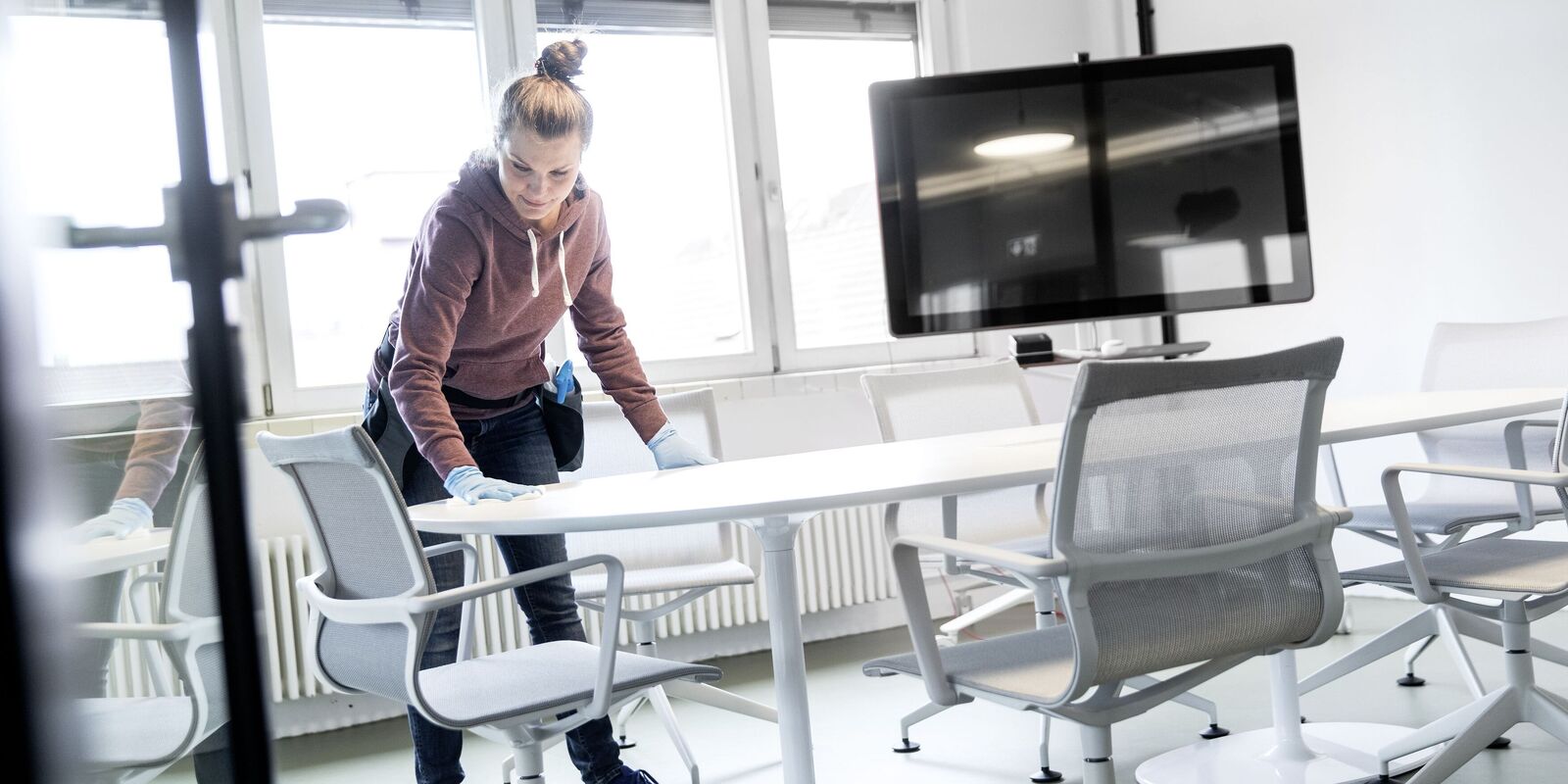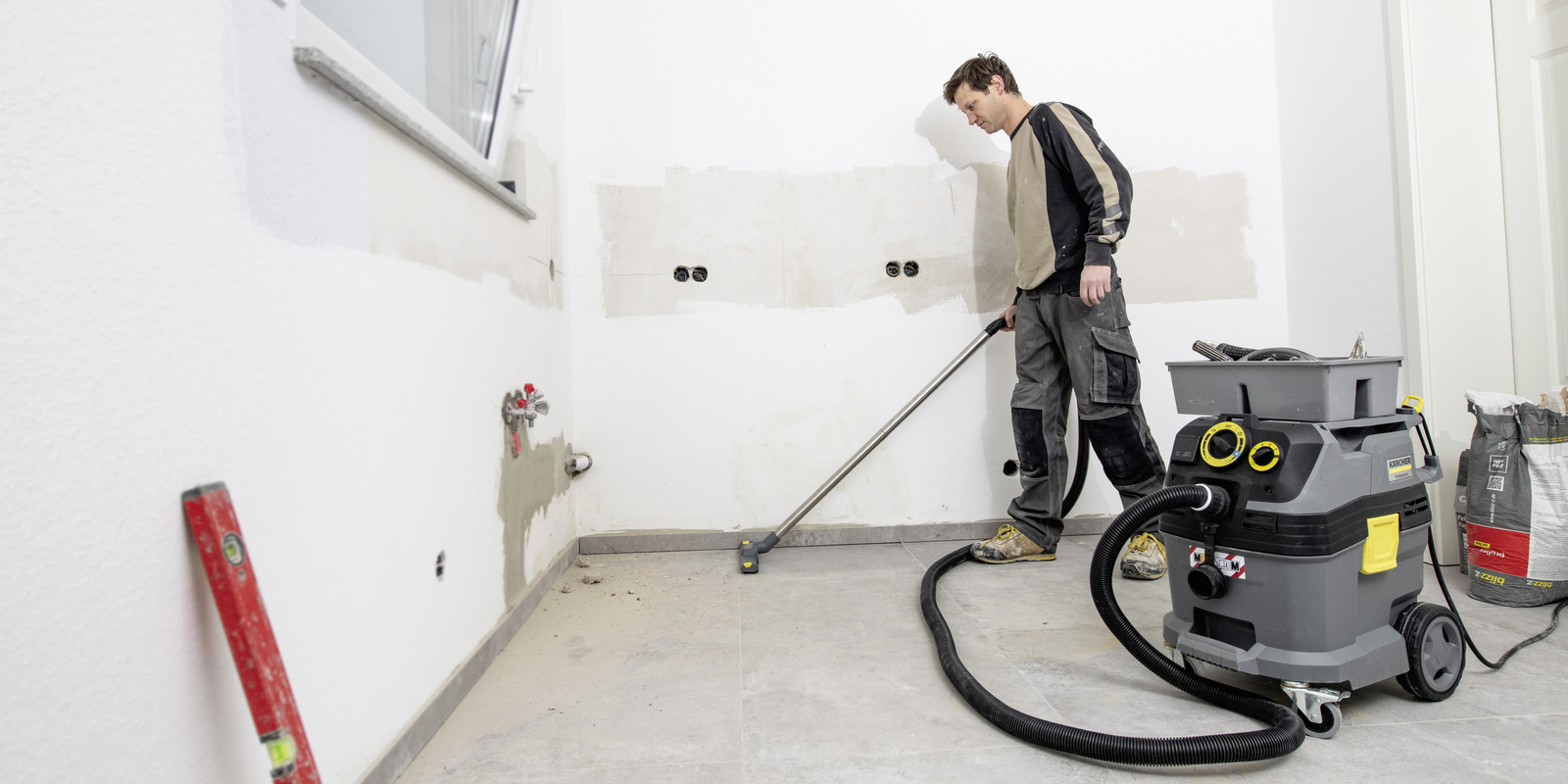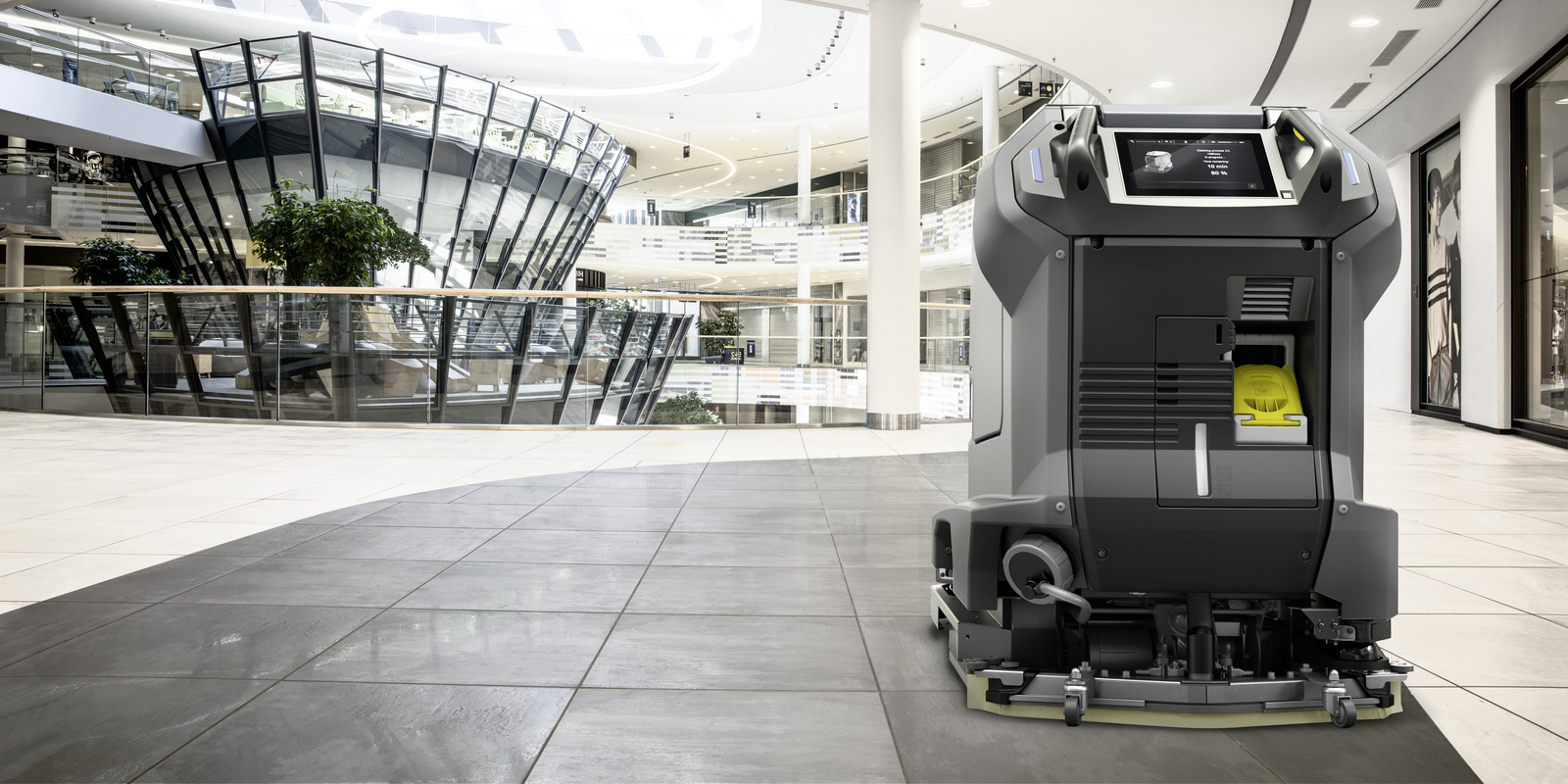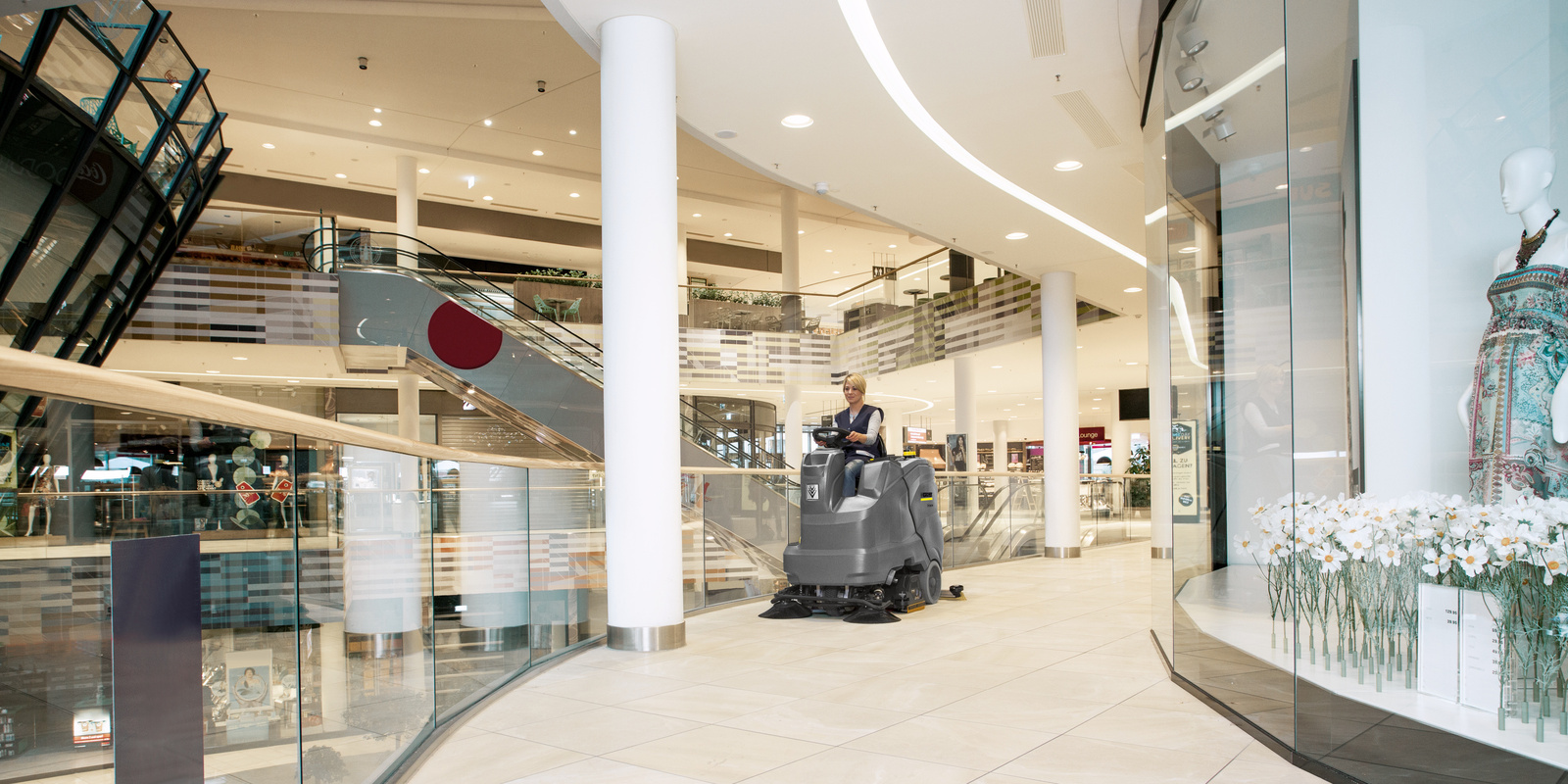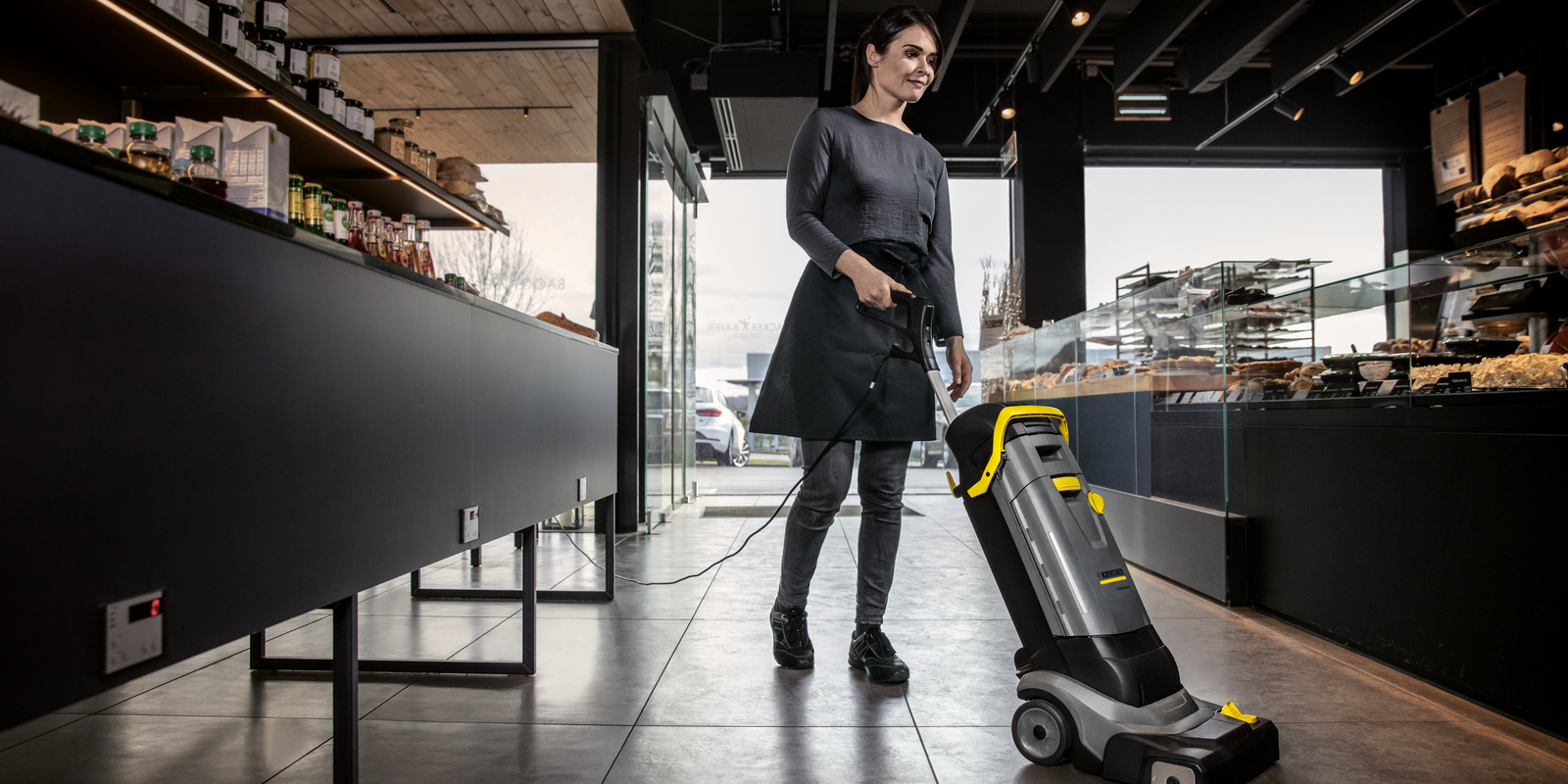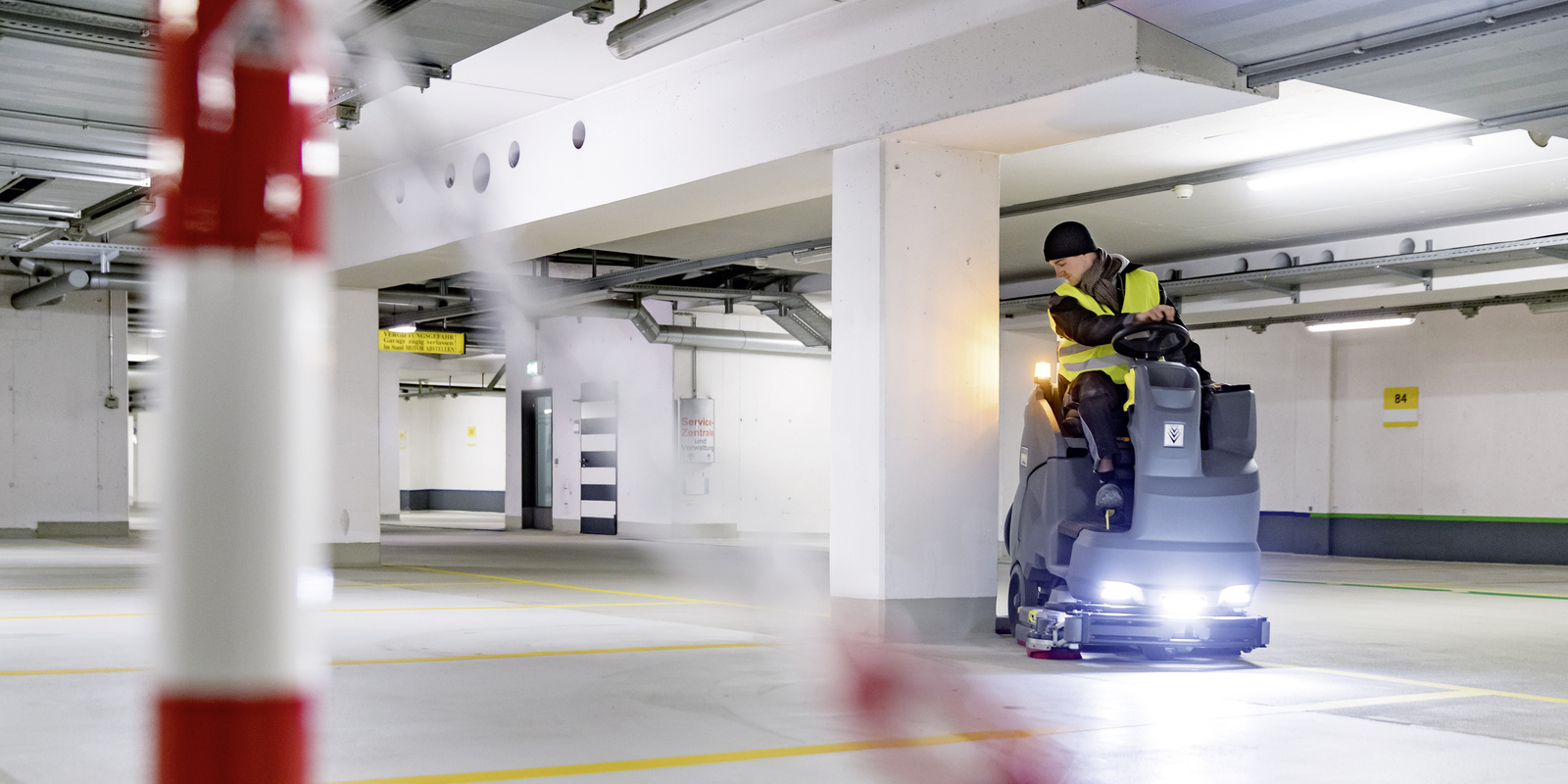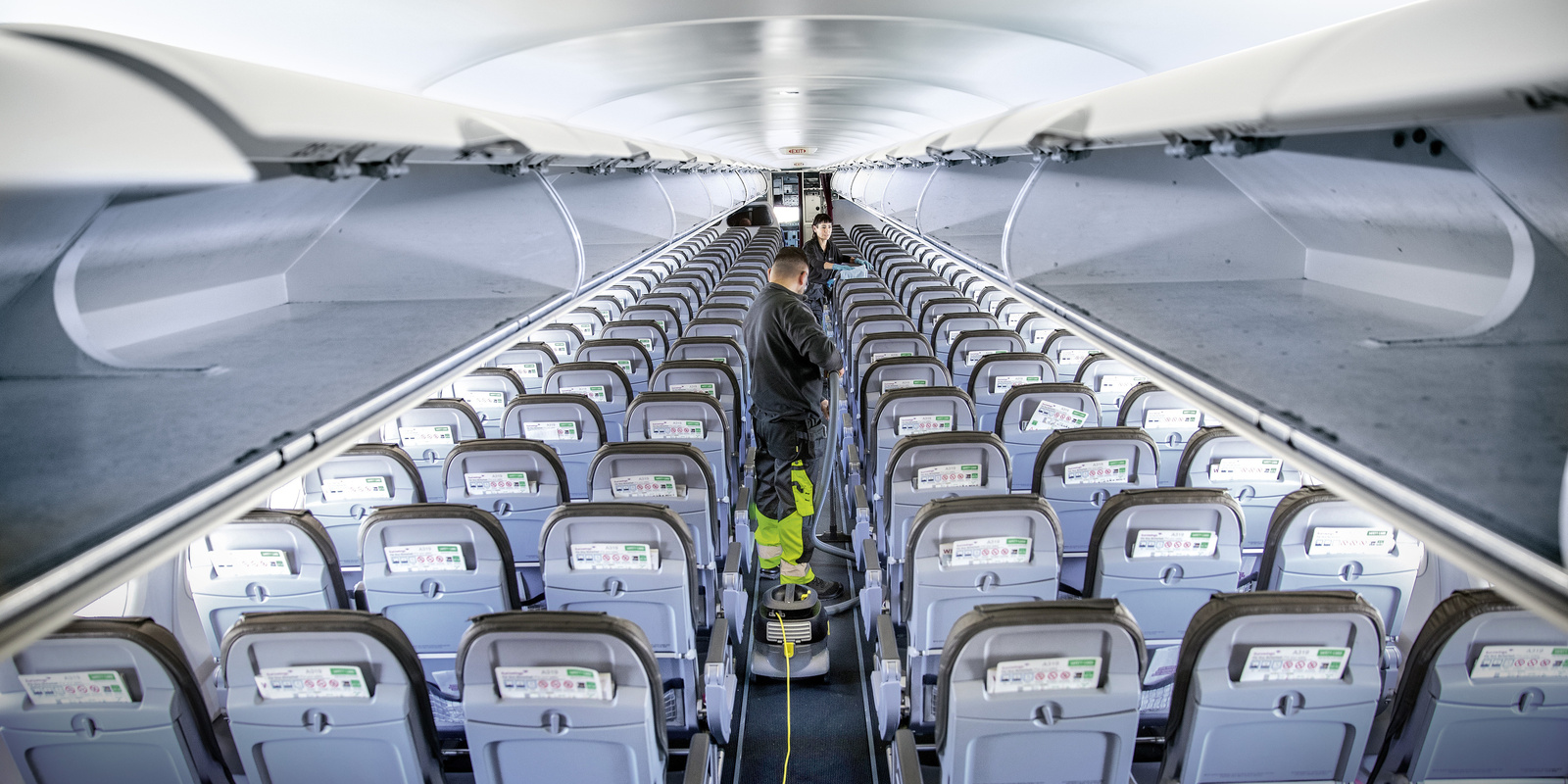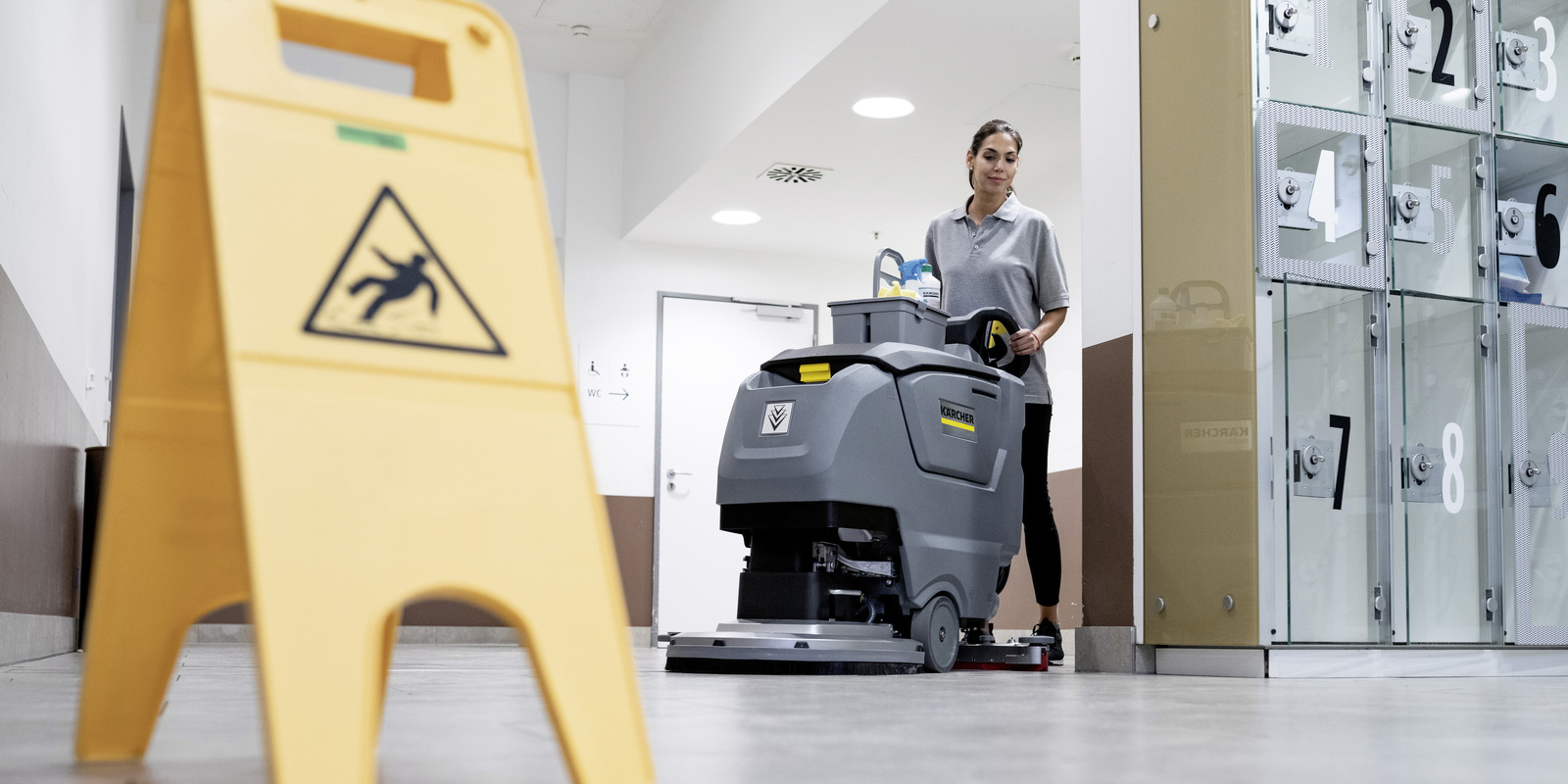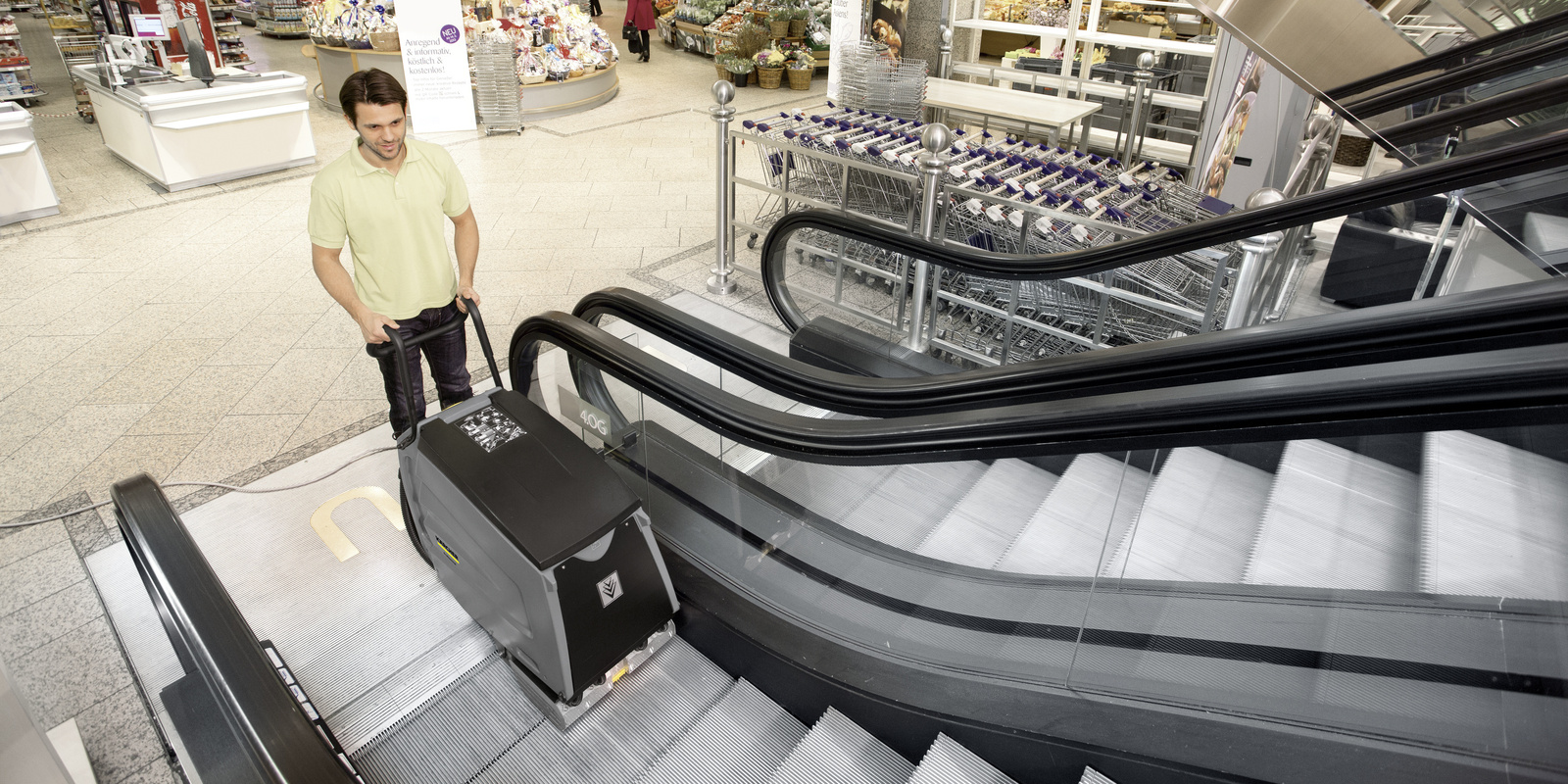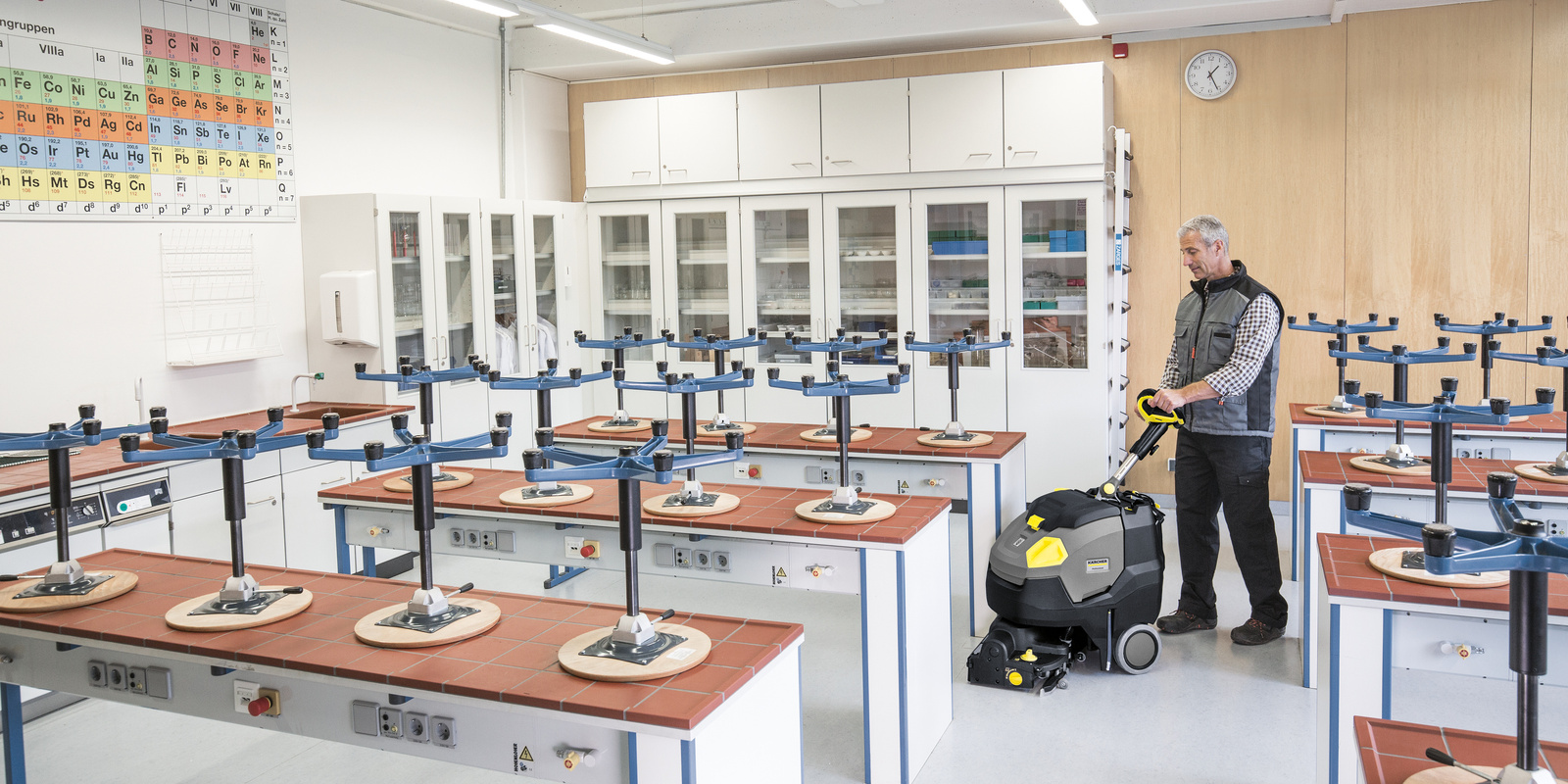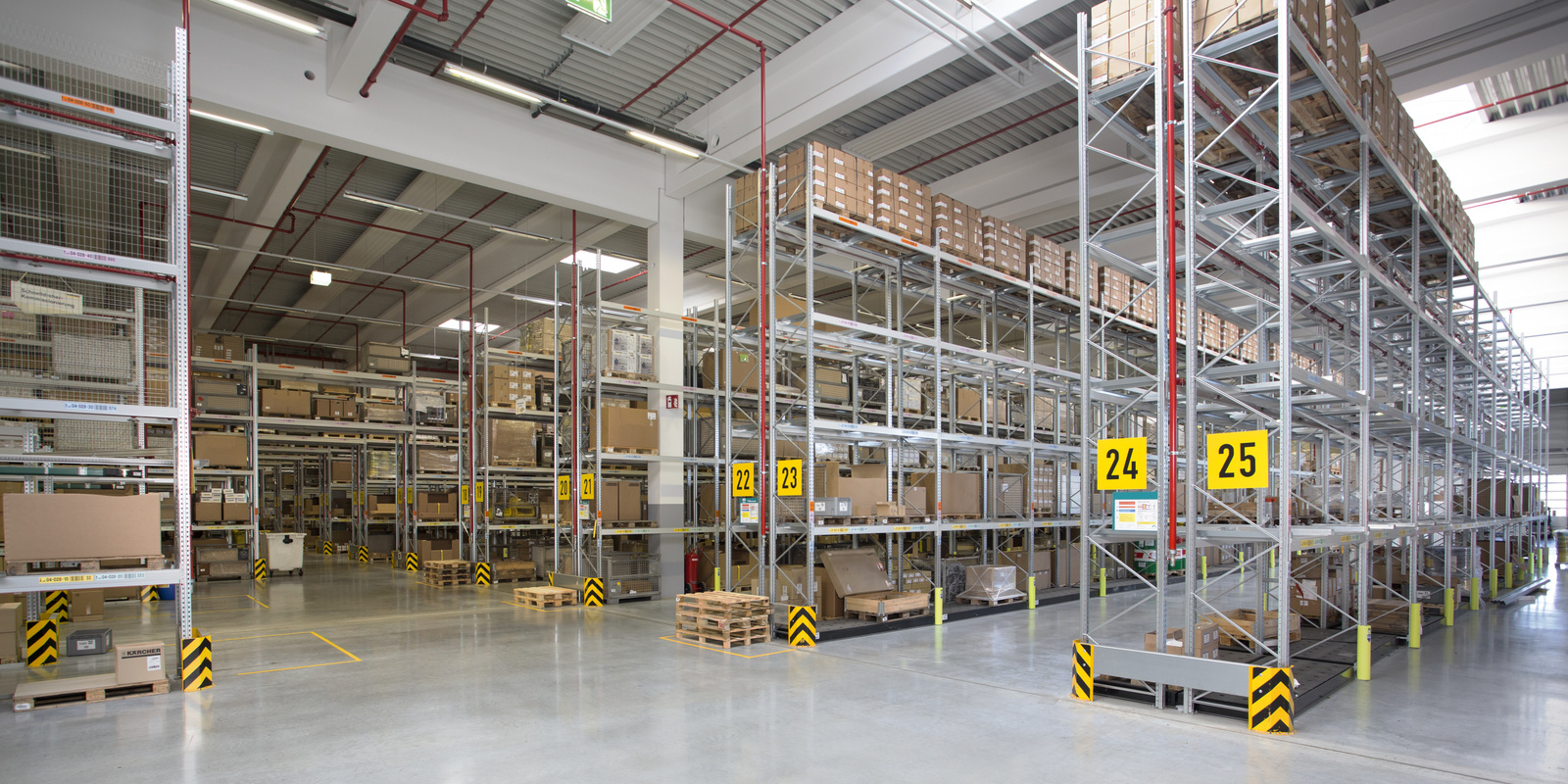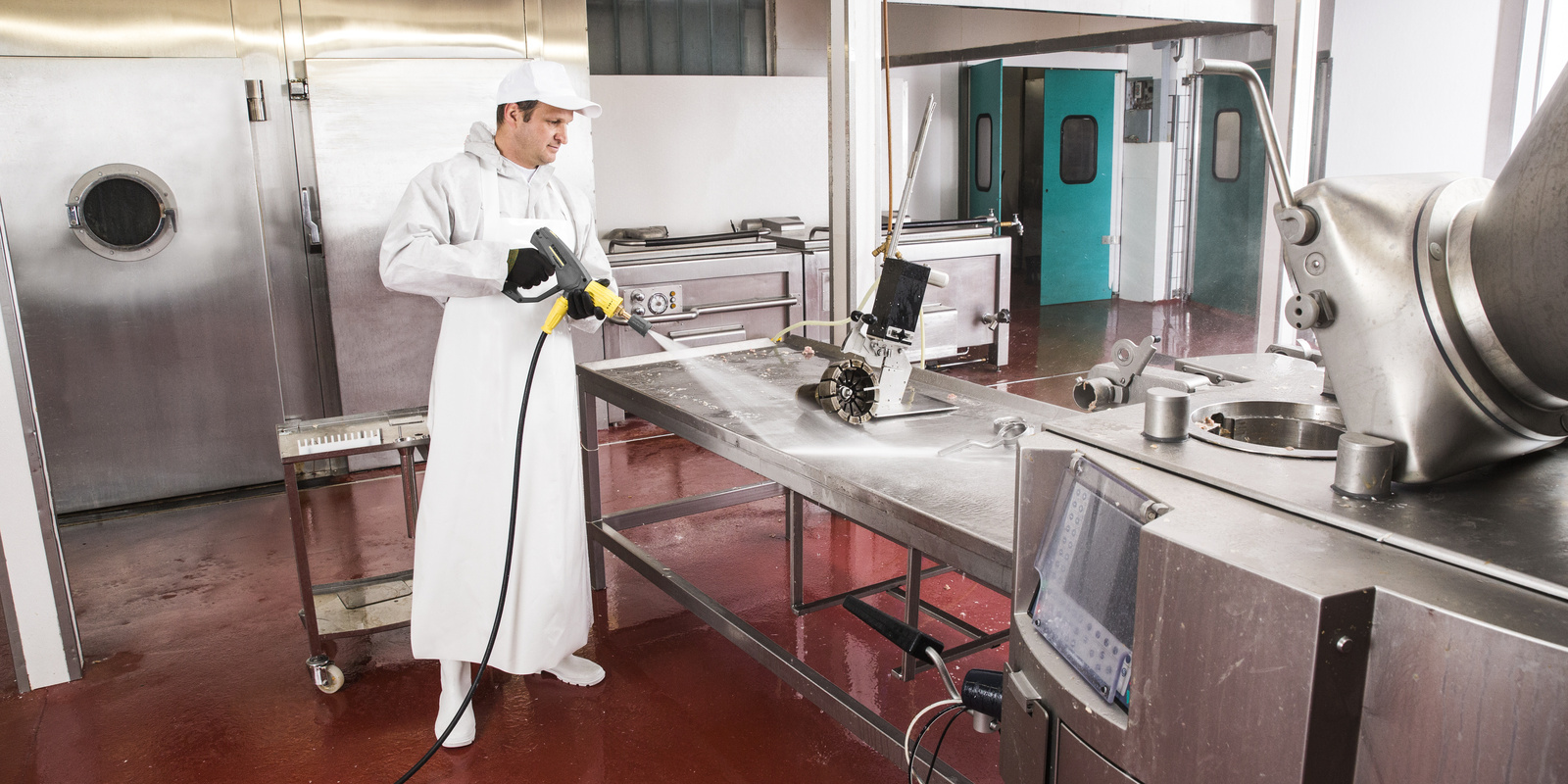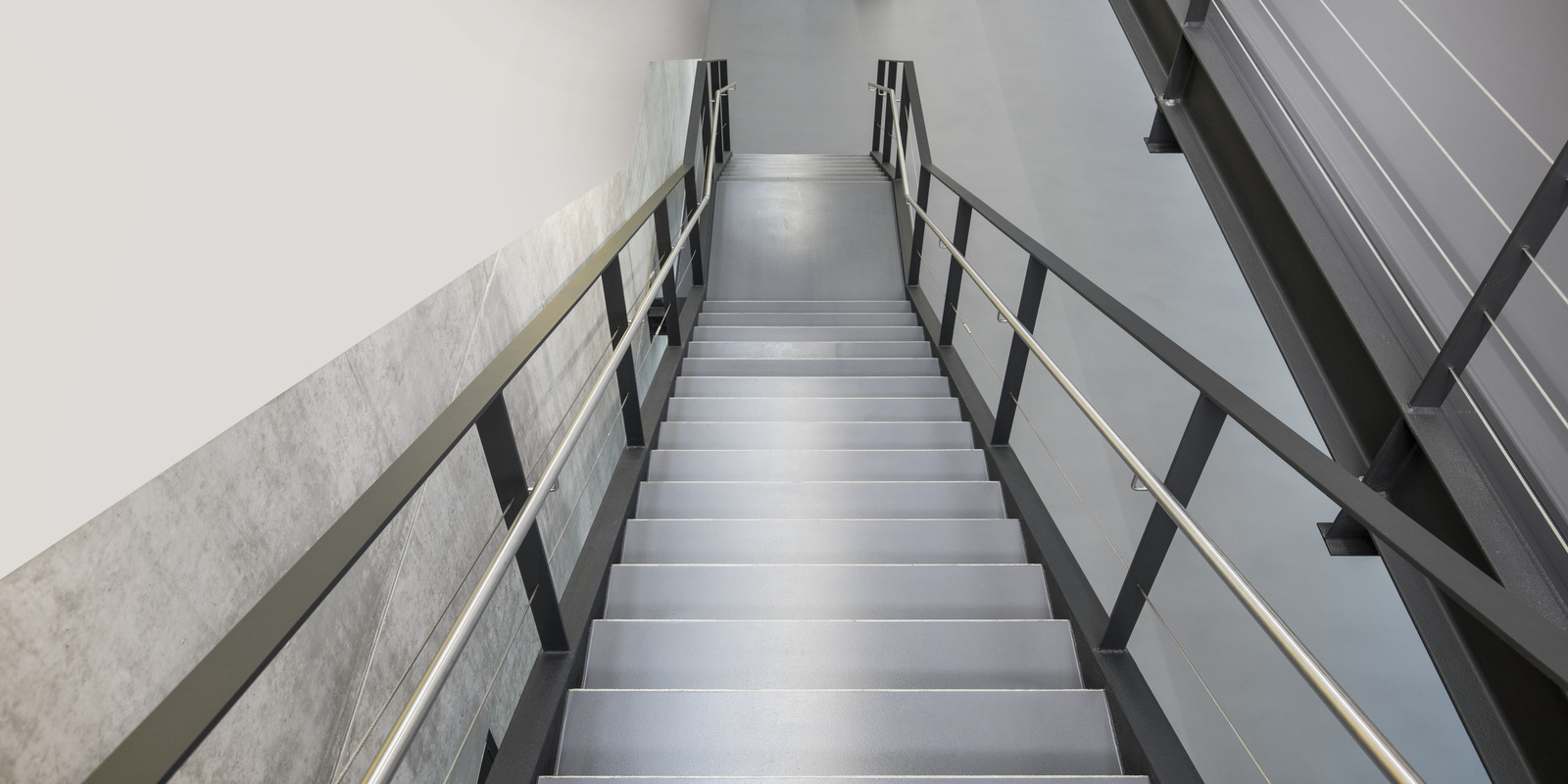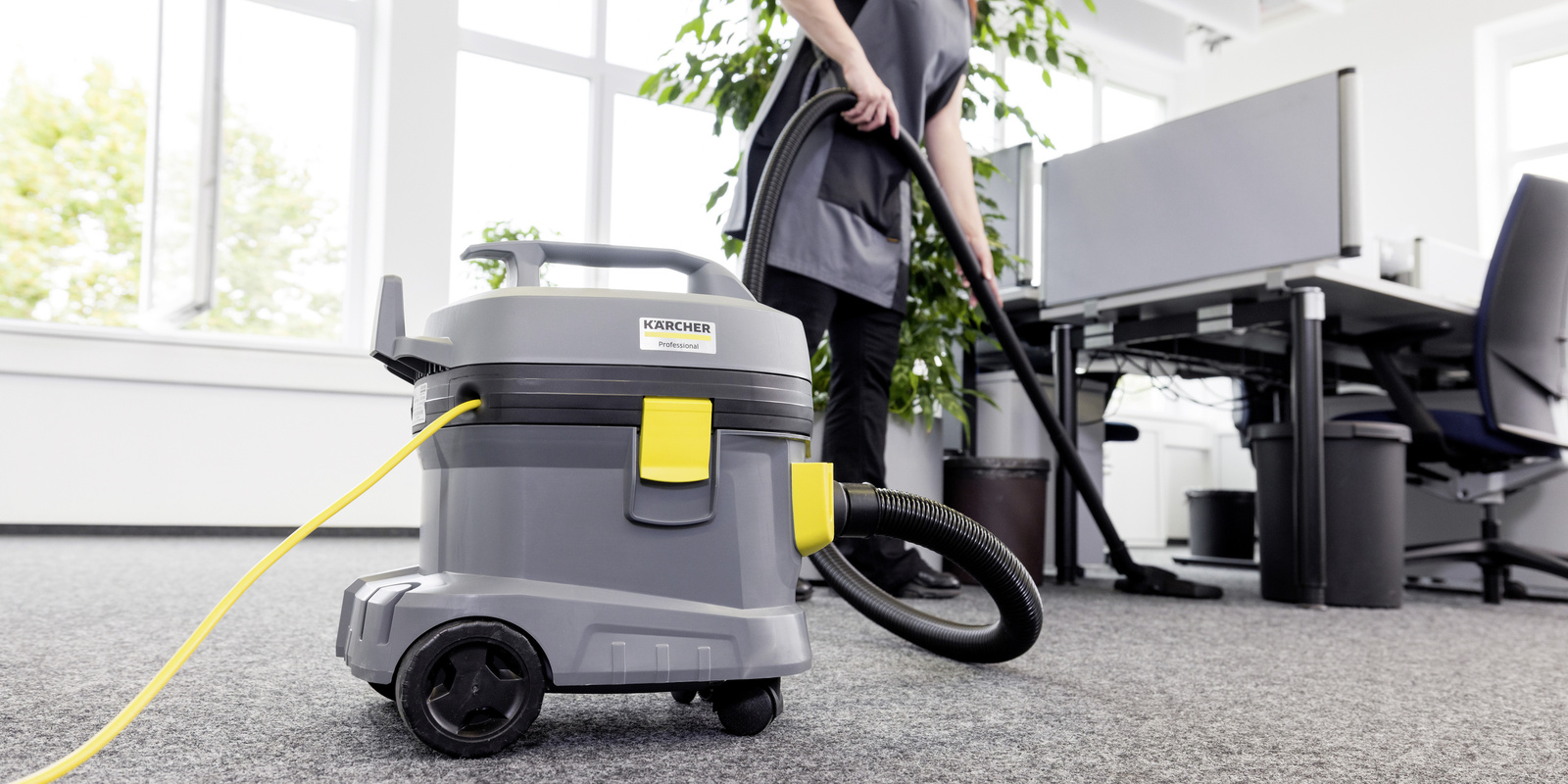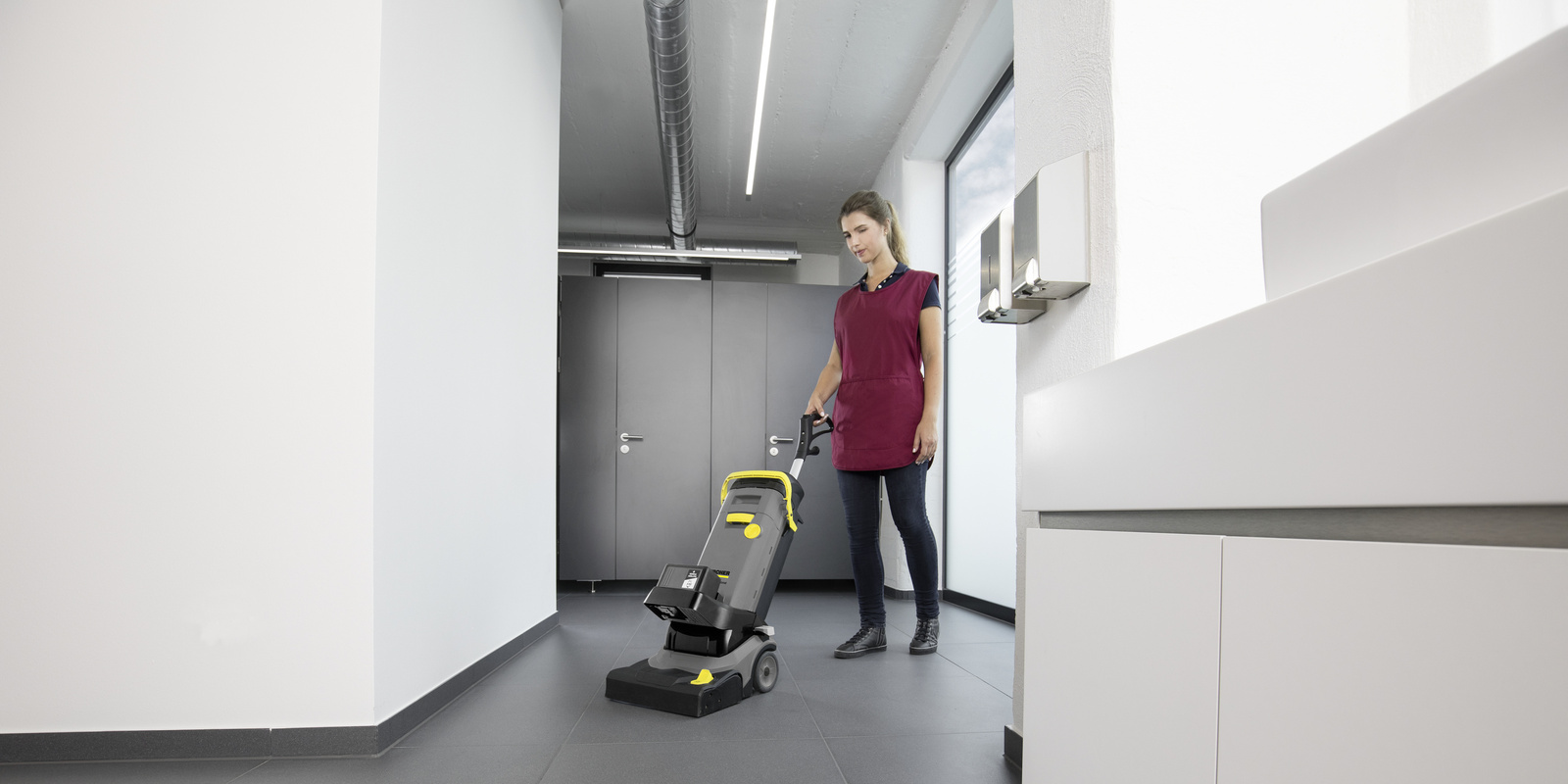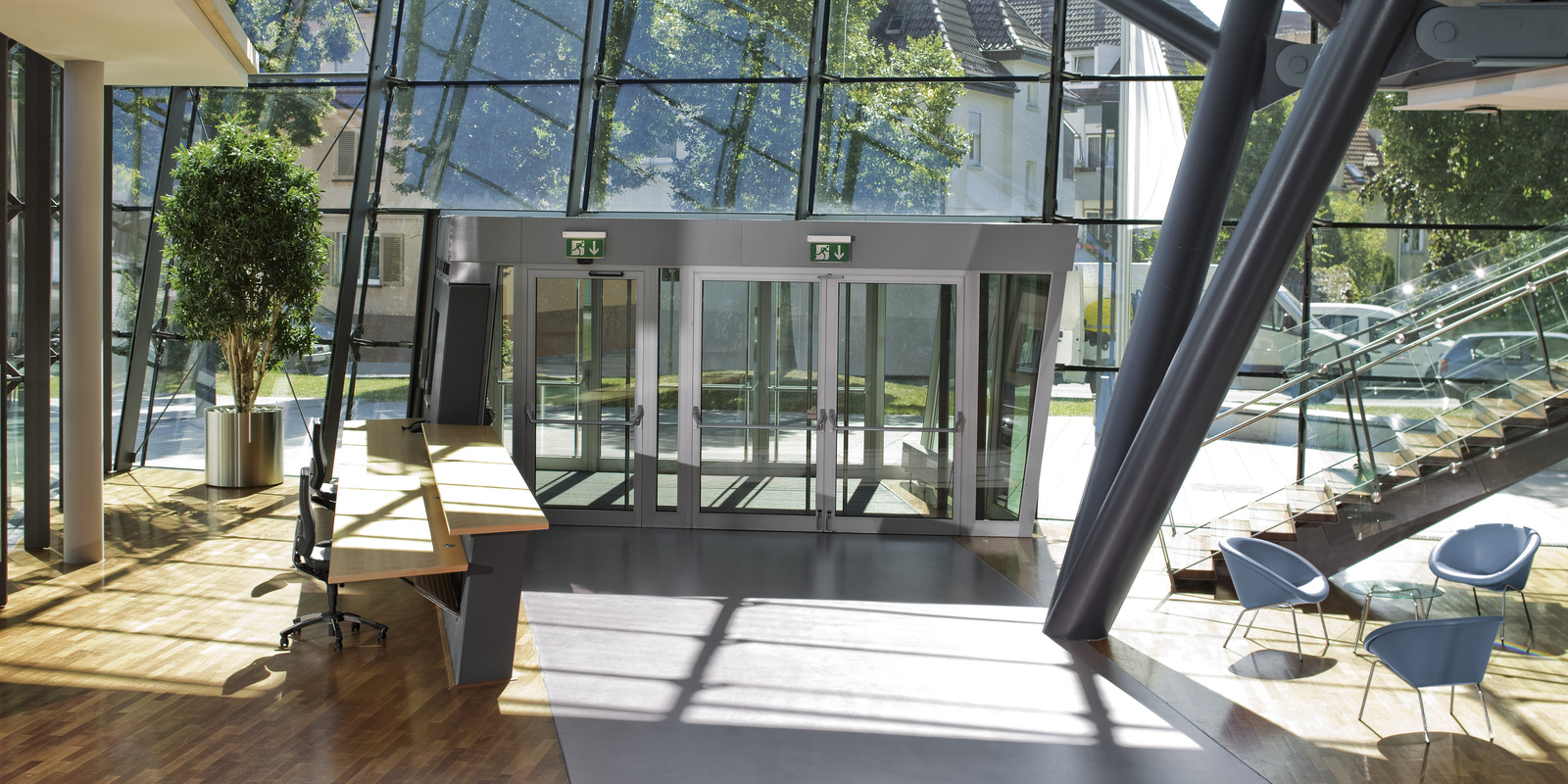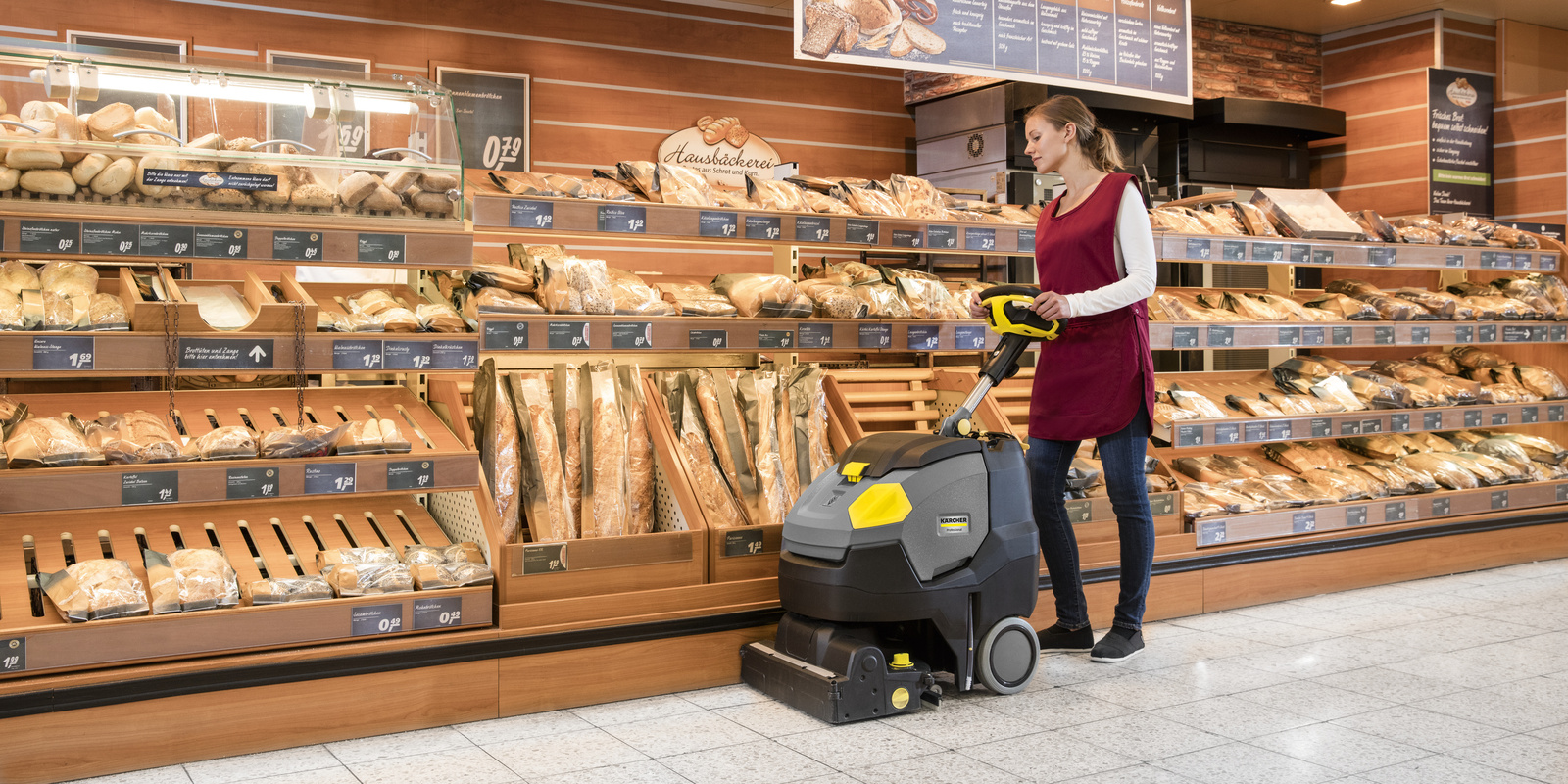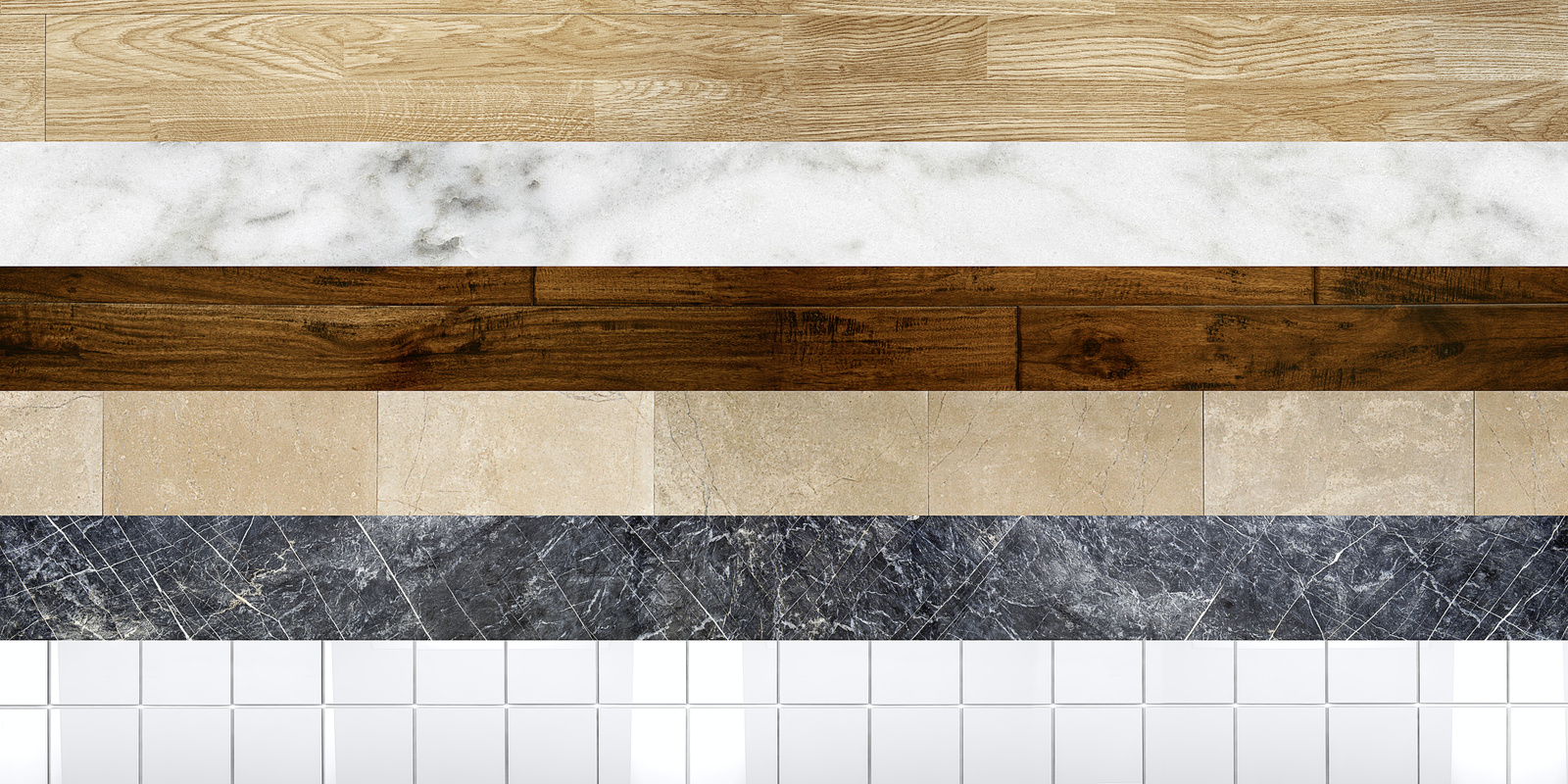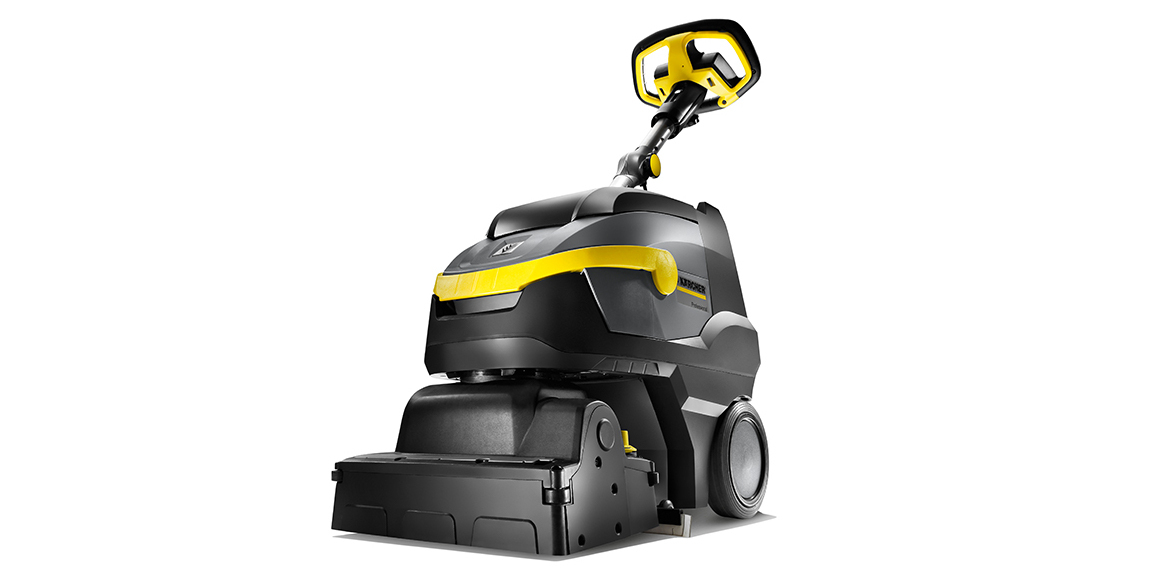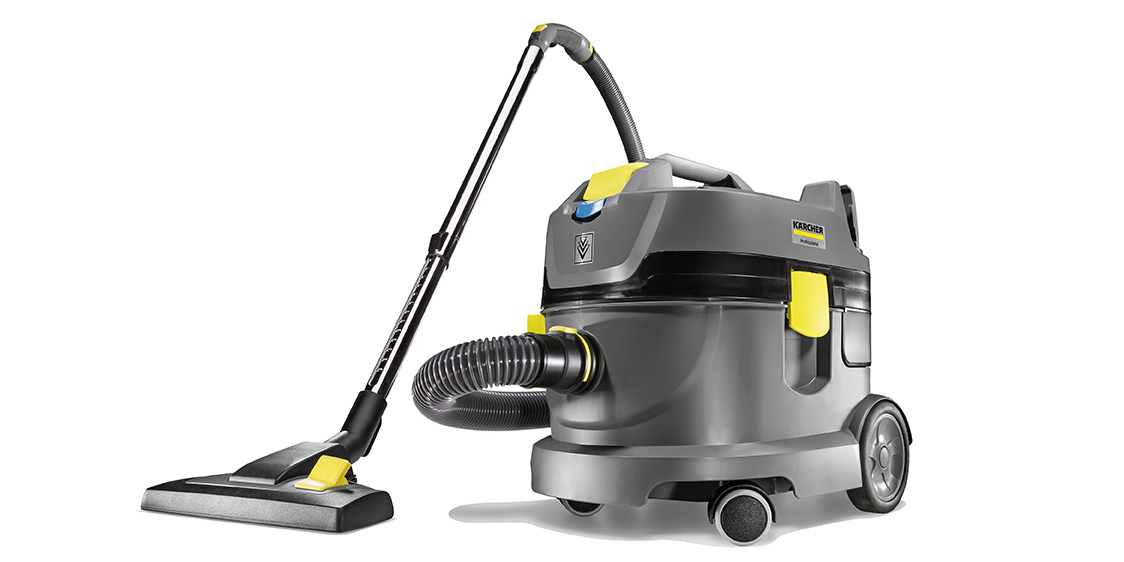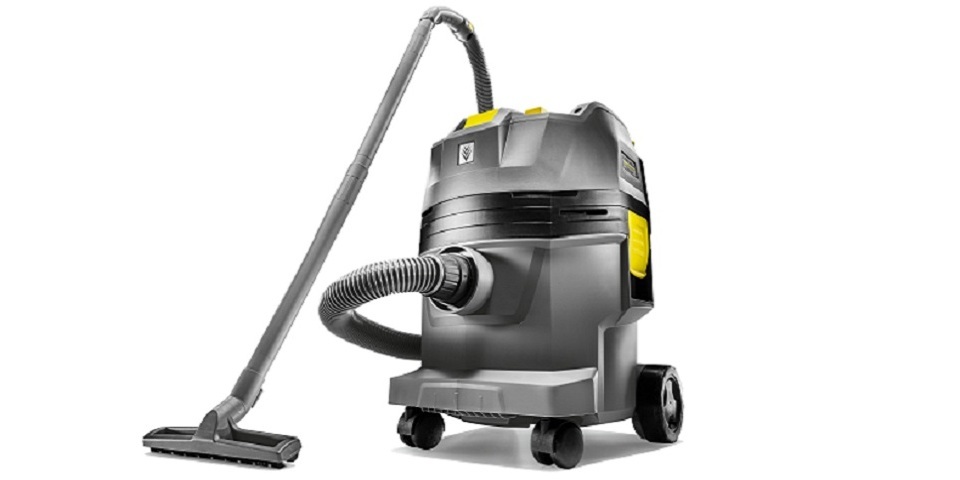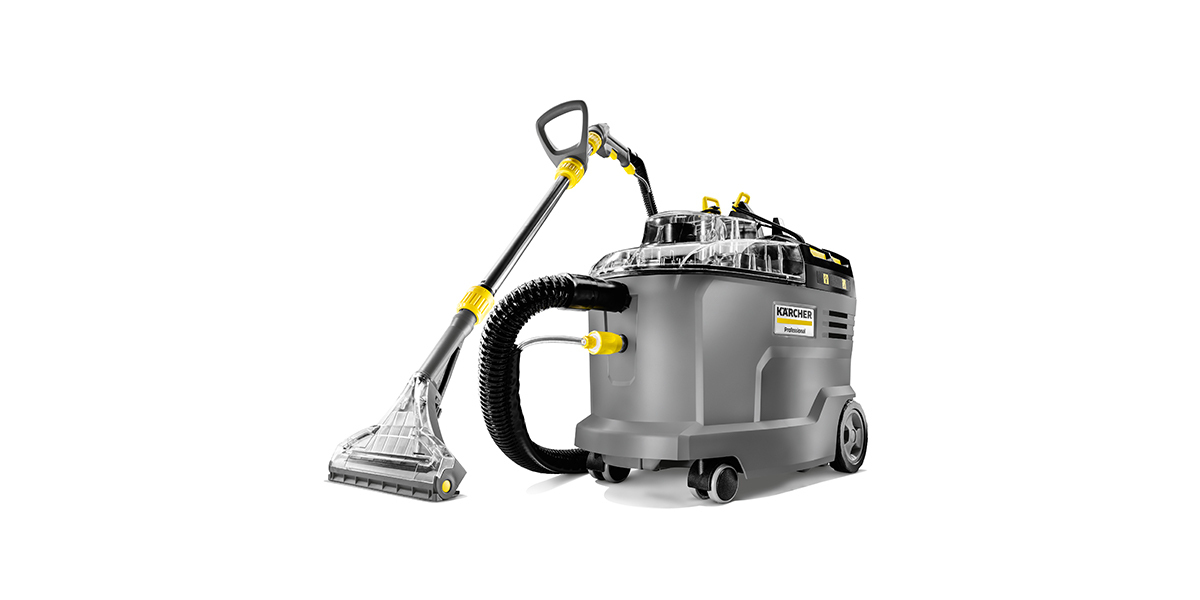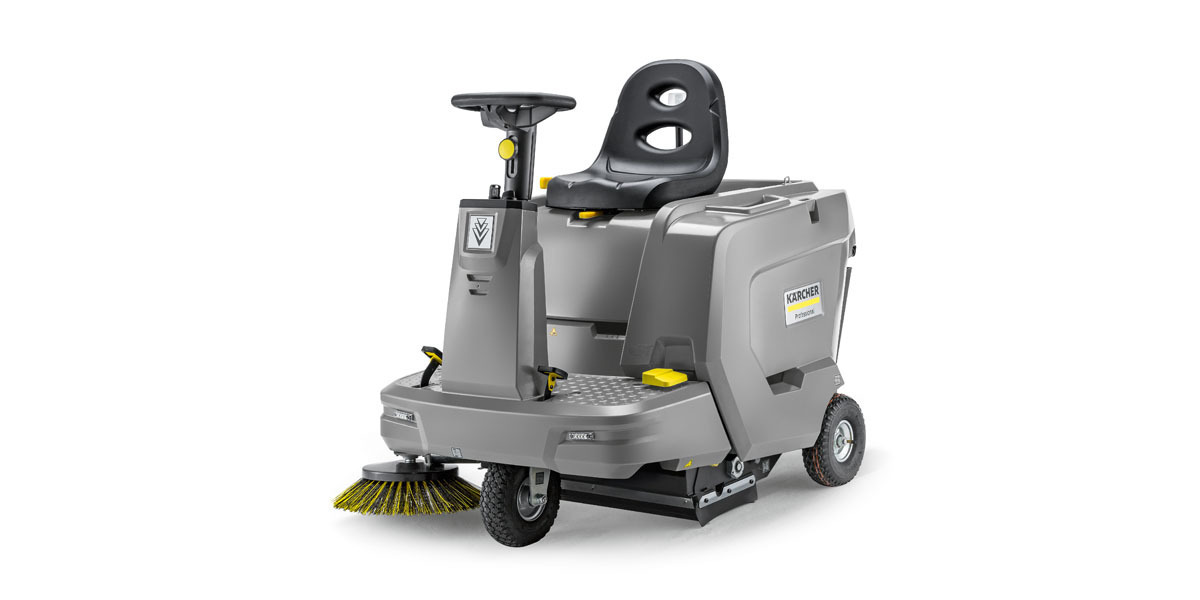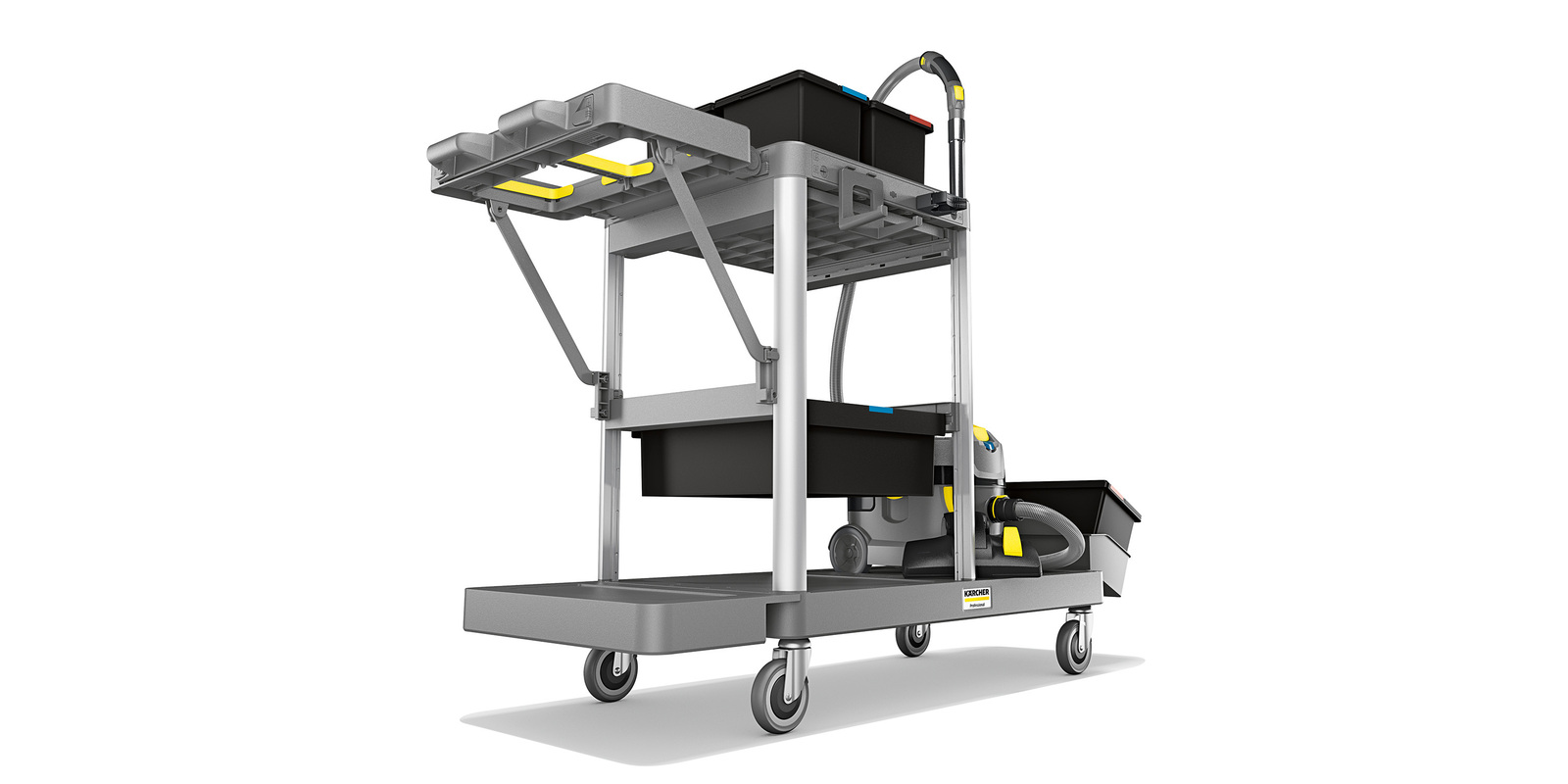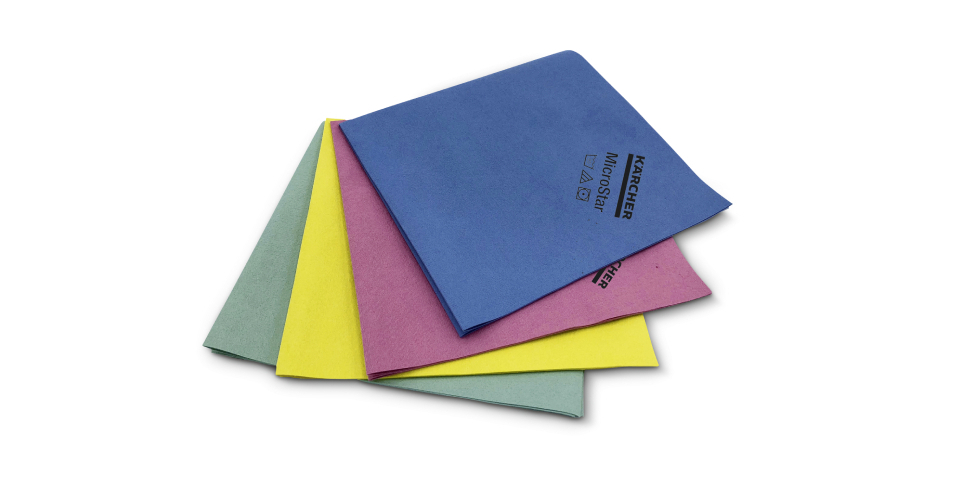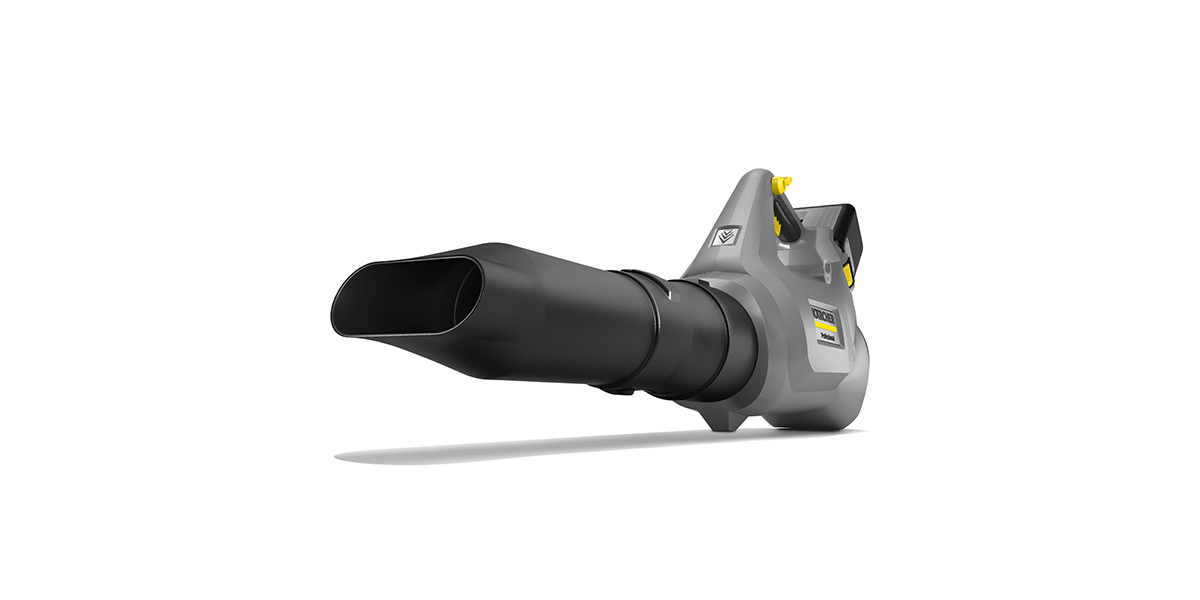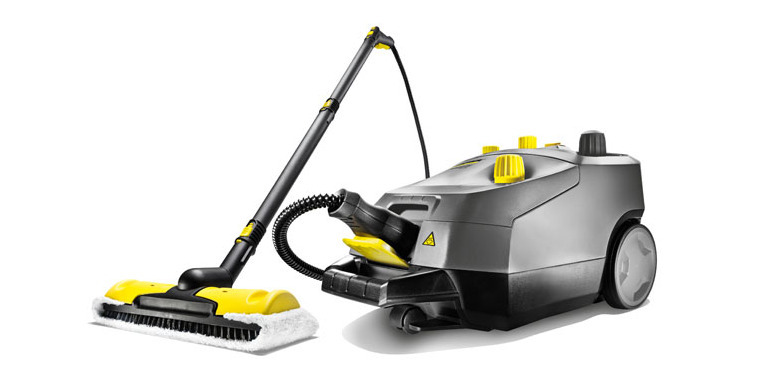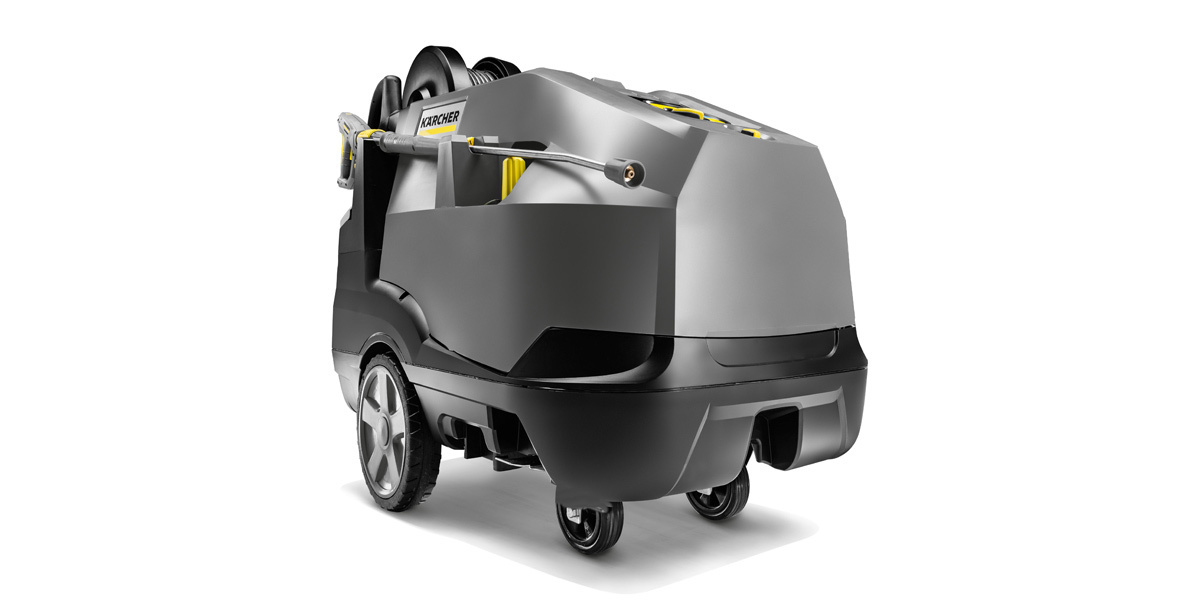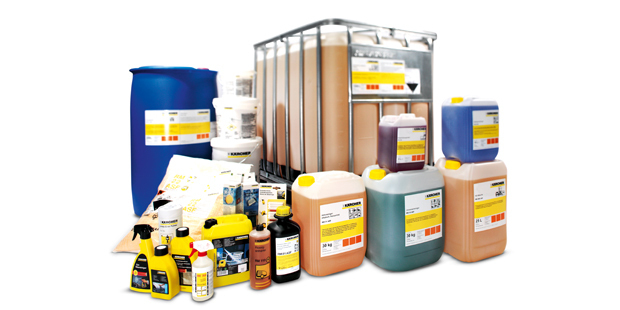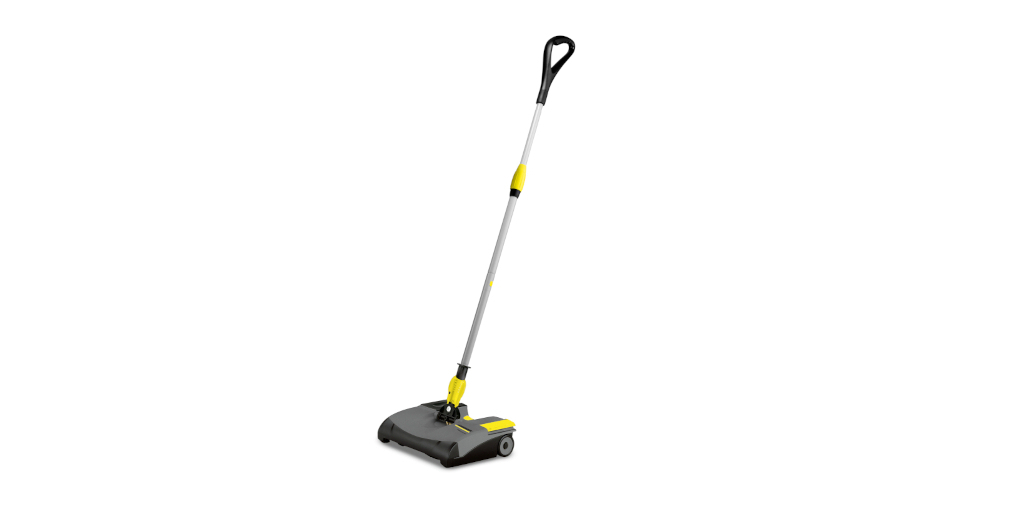Interior cleaning: cleanliness that makes rooms worth spending time in
No matter whether it's an office, public building or hotel, property users, visitors and guests all feel better knowing that they're in a space that's kept clean inside. This alone helps to boost the image of a premises, not to mention preserving the value of the property and its furnishings. Nevertheless, building service providers often struggle with the cost pressure and a shortage of skilled labour – not to mention fitting cleaning operations in alongside existing processes. Read on for a brief overview of the benefits of using appropriate technology and an input/output-orientated approach – as well as the significance of trends such as daytime cleaning and robotics.
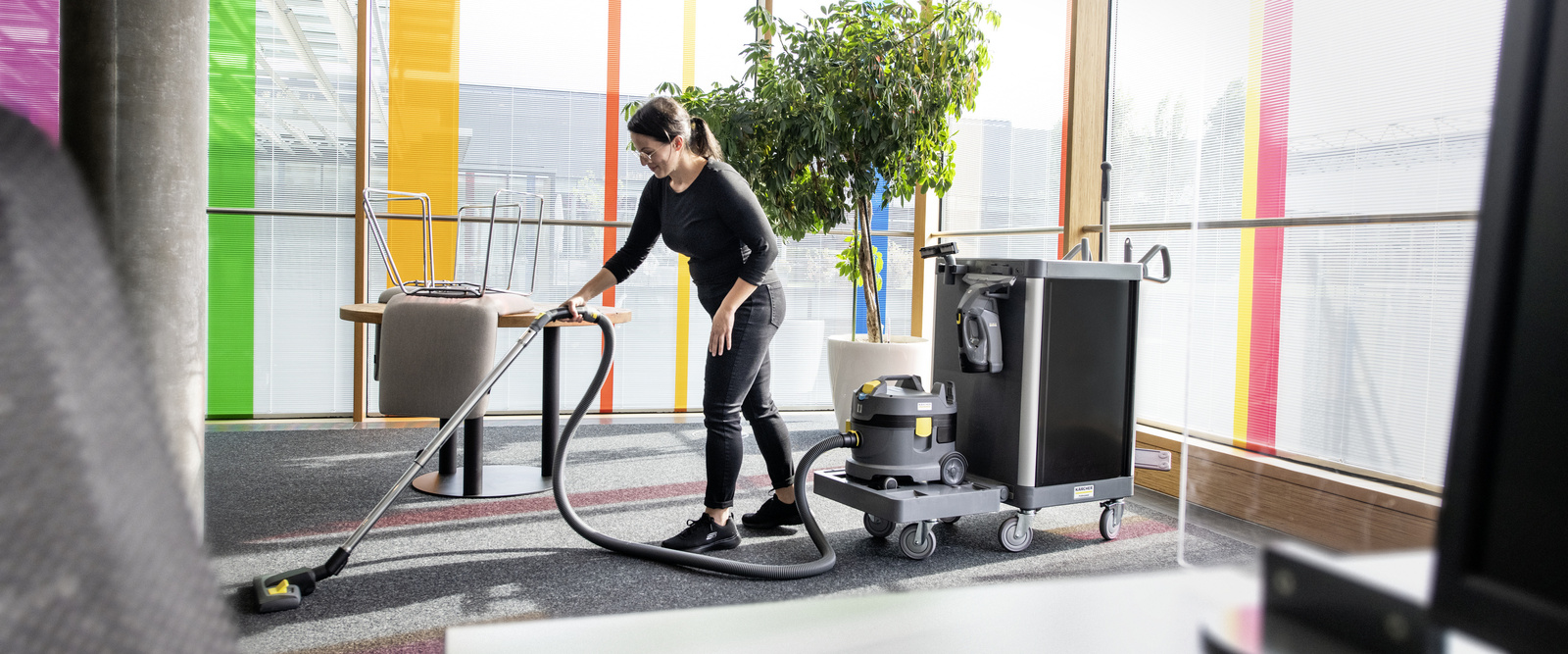
Cleaning that doesn't get in the way
Cleaning operations in buildings must always be planned and implemented to ensure that building users experience as little disruption as possible. Where circumstances allow and specialist staff are available, work can be carried out during off-peak hours – i.e. early in the morning, in the evening or at night. Alternatively, daytime cleaning can still be implemented even at times of increased foot traffic. In this instance, it is important to avoid any disruptive emissions by using battery-powered appliances that are as quiet as possible and odourless detergents. At the same time, care must be taken to reduce hazard sources. The advantage of cleaning floors with a scrubber dryer is that the floors are left dry and ready to walk on immediately afterwards, while cordless machines ensure that there are no tripping hazards from cables.

Input/output-orientated approach
In order to increase satisfaction among clients and cleaning staff alike, it is important at the start of the project to clearly define the level of cleanliness expected and the frequency of cleaning required. Are there differing priorities, i.e. areas that need to be checked more frequently, as opposed to others that can tolerate a longer interval? Once the tasks have been clearly defined, digital tools for staff management and quality management can be used to easily and transparently prove that the target cleaning result has been achieved in the specified quality.


Cleaning robots to ease the workload
Interior cleaning involves a lot of work that has to be done manually, meaning that machines can only offer limited support in this regard. This includes surface cleaning, as well as the cleaning of toilet facilities and washrooms, or canteens and staff kitchens. Alongside this, tasks such as cleaning large sections of floor have to be carried out – which are often monotonous and time-consuming. By deploying autonomous cleaning robots to handle these tasks independently, the pressure on specialist personnel is relieved, allowing them to give their full attention to the more demanding jobs. This helps to ensure a high level of cleanliness and hygiene all round.

